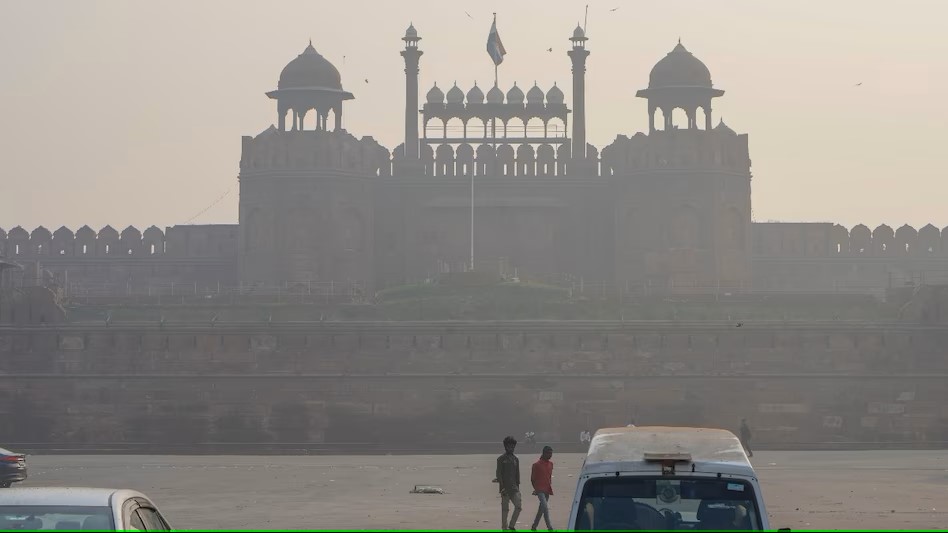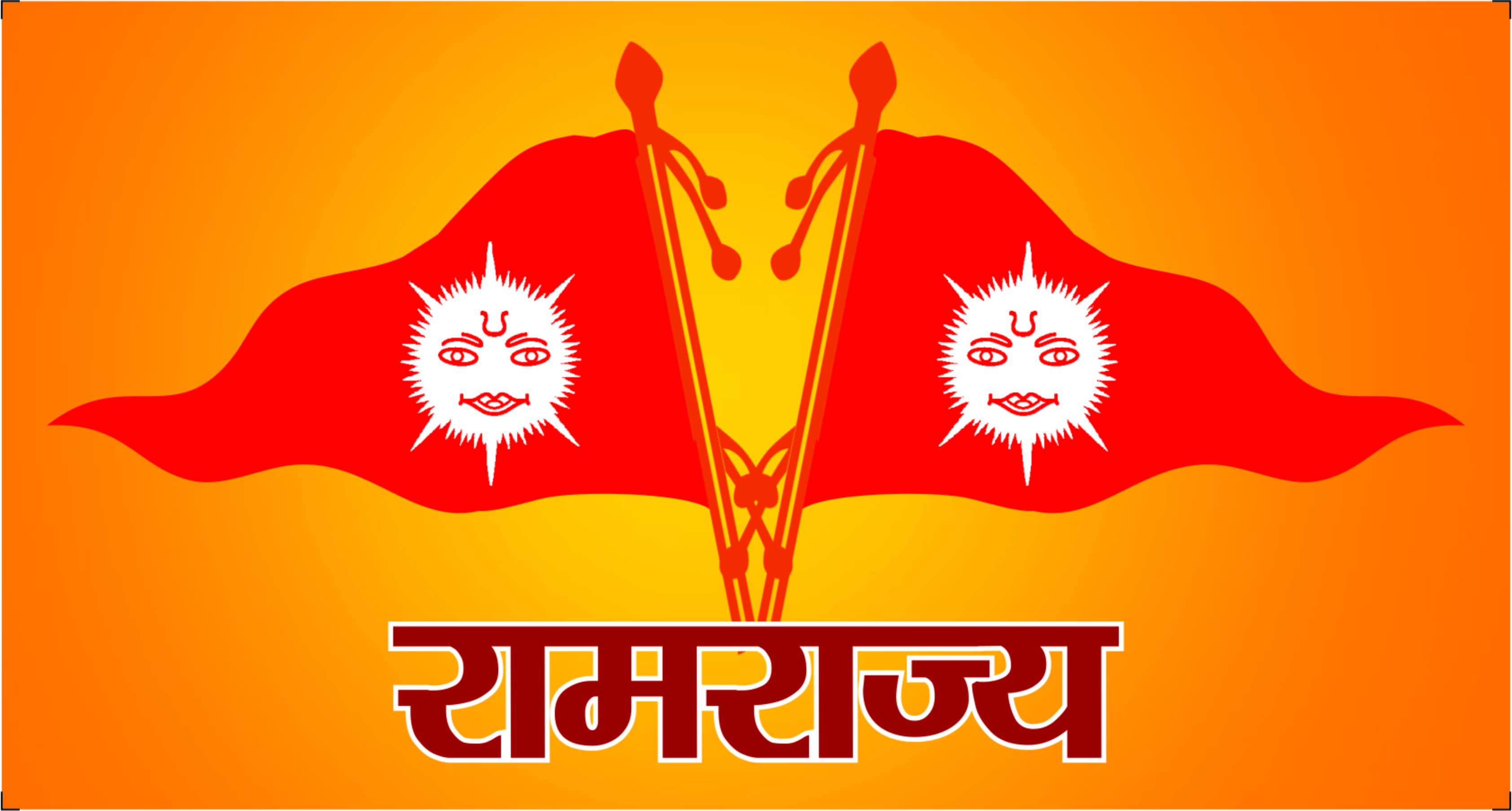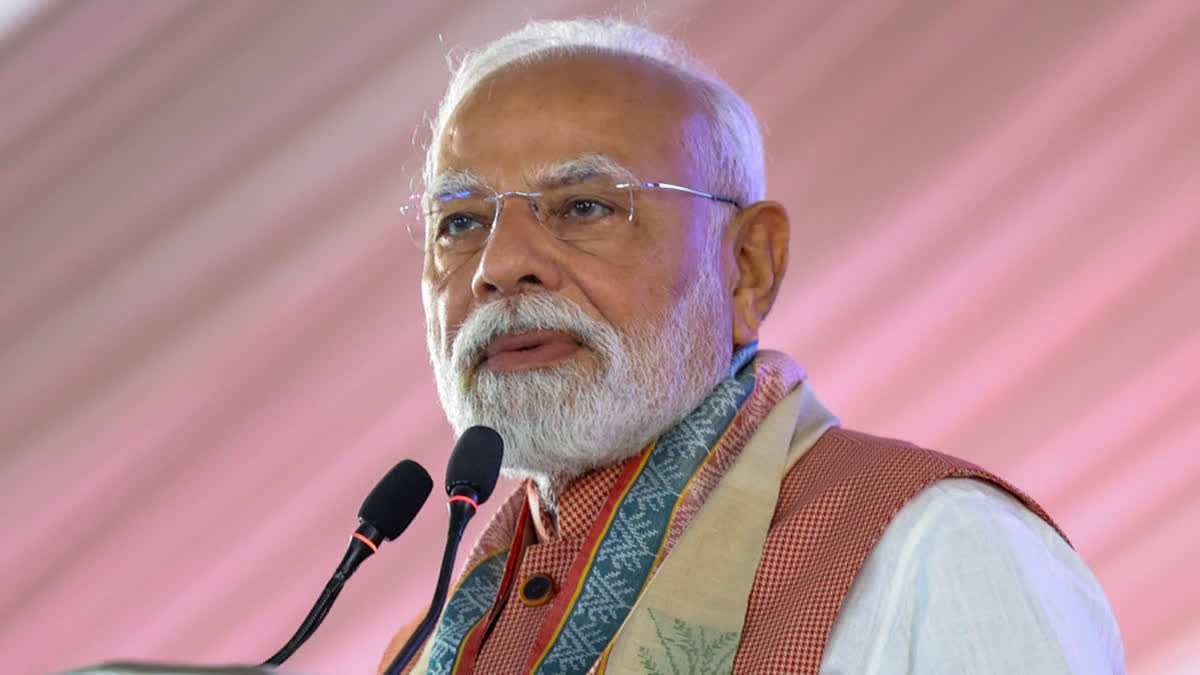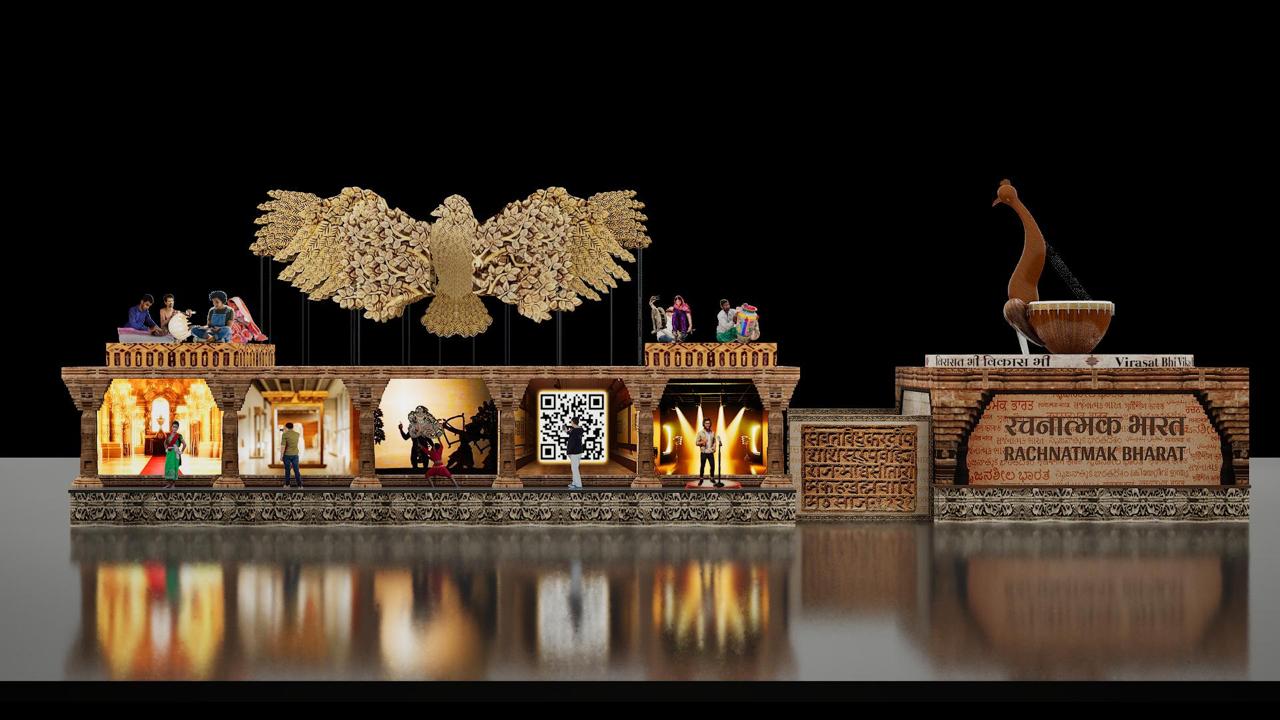Delhi’s air quality has deteriorated drastically, reaching levels 65 times above the World Health Organization’s acceptable limit, just days after Diwali. As of Sunday morning, Delhi’s AQI (Air Quality Index) soared past 400, placing it in the hazardous category, posing serious health risks for residents of the city and nearby regions.
 The air quality in Delhi and surrounding areas has plunged, with many parts of the city experiencing AQI readings over 300 by 8:30 am. According to AQICN data, PM2.5 levels are over 50 times higher than the WHO’s recommended limit, enveloping the capital in a dense layer of smog. Delhi’s AQI climbed from 327 to a hazardous 447 by Saturday evening within 12 hours. At Anand Vihar, readings surpassed 500 by Sunday morning.
The air quality in Delhi and surrounding areas has plunged, with many parts of the city experiencing AQI readings over 300 by 8:30 am. According to AQICN data, PM2.5 levels are over 50 times higher than the WHO’s recommended limit, enveloping the capital in a dense layer of smog. Delhi’s AQI climbed from 327 to a hazardous 447 by Saturday evening within 12 hours. At Anand Vihar, readings surpassed 500 by Sunday morning.
The Graded Response Action Plan (GRAP-II) has been activated in Delhi-NCR since October 21 to address the severe air quality. The Commission for Air Quality Management ordered this measure when the AQI initially hit the ‘very poor’ mark. Despite these steps, the air continues to worsen, with smog worsening post-Diwali.
An array of weather-monitoring stations, including Anand Vihar, Alipur, and Punjabi Bagh, recorded AQI levels far above safe limits, signaling the gravity of the pollution crisis.




